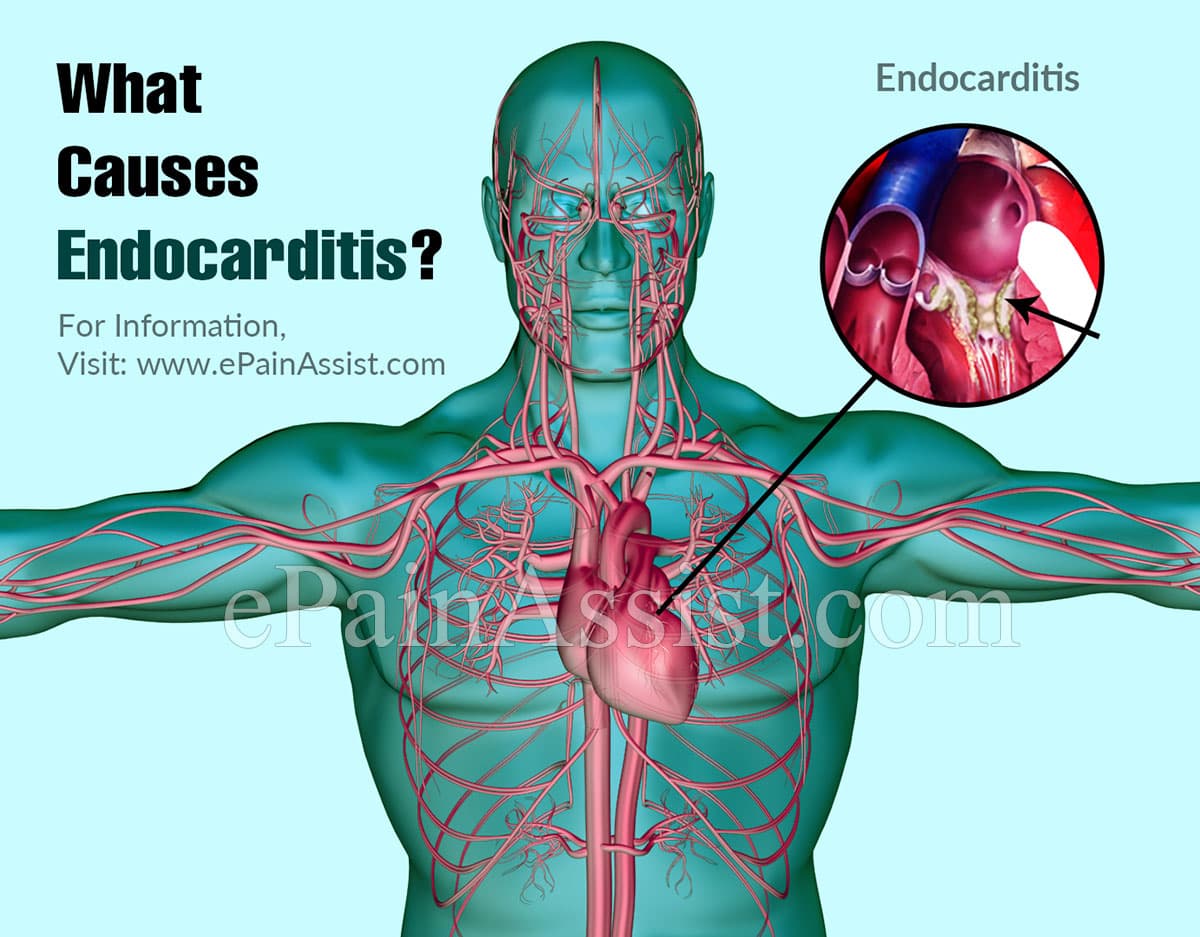About Endocarditis:
Endocarditis is quite a rare cardiologic condition characterized by inflammation of the lining of the heart along with the muscles and valves of the heart. The inflammation can be caused as a result of infections caused by bacteria or fungus. The primary bacteria responsible for Endocarditis are the streptococcal bacteria and very rarely other microorganisms are involved in the development of this disease. Endocarditis is seen more in males and females with a ratio of 2:1 meaning that males are twice likely to get Endocarditis than females. It has also been observed that approximately 20% of people above the age of 60 in the United States have Endocarditis and the numbers are on the rise.[1]
Even though the heart is quite well protected against wide variety of infections but in people with compromised immune system bacteria can easily bypass the defenses and infiltrate the heart. This is seen especially in people who have an artificial heart valve or in people who have congenital heart defects.[1]
People who have a damaged heart valve and are being treated for it also are at risk for developing Endocarditis. People abusing recreational drugs are also at risk for developing Endocarditis. Read below to find out in detail about the various causes of Endocarditis and the ways to treat the condition.[1]

What Causes Endocarditis?
As stated, Endocarditis develops when a fungus or bacteria infiltrates the heart and attacks its tissues. It happens when the bacteria present in the body that are usually harmless such as that present in the mouth or the respiratory tract. Under normal circumstances, these organisms are destroyed by the immune system of the body but if an individual has an indwelling cardiac problem like a damaged heart valve then it becomes easier for the bacteria to bypass the immune system and infect the heart and start growing.[2]
This causes the heart to be filled with bacteria and vegetation making it tough for the heart to function normally leading to a variety of complications. At times, these clumps of vegetation can break off the heart and travel through the bloodstream and damage other vital organs of the body like the kidneys or the brain. Another factor that can trigger Endocarditis is a dental infection. It has been observed that poor dental hygiene is a risk factor for Endocarditis. This is because of the ease with which the bacteria can infiltrate the body and attack the heart tissues.[2]
People who undergo surgical procedures like a colonoscopy can also at times cause Endocarditis. In some cases, even a skin sore can also cause Endocarditis. Sepsis is also noted to be one of the causes for Endocarditis. People with sexually transmitted diseases like chlamydia and gonorrhea also have increased likelihood for developing Endocarditis as these infections make it easier for bacteria to infect the heart.[2]
Gastrointestinal disorders like inflammatory bowel disease are observed to carry the risk of Endocarditis even if it is quite uncommon. In some cases, prolonged intravenous line also is one of the reasons as to why some people develop Endocarditis.[2]
How is Endocarditis Treated?
As Endocarditis is basically a bacterial infection, the primary mode of treatment of this condition is by way of antibiotics. The antibiotics are given intravenously and the patient will need to be in the hospital throughout the course of the treatment. Close monitoring will be done by conducting blood tests to check whether the medications are effective. Once the symptoms fade away and the fever clears up the patient is discharged from the hospital and will be put on oral antibiotics.[2]
On the part of the patient, it is important to have diligent followups to monitor the condition and see whether the infection clearing up. Penicillin and vancomycin are the most preferred drugs to treat Endocarditis. It takes around a month to six weeks for infection to completely clear up depending on how severe the infection is. In some instances, a patient will have to undergo surgery, especially in people who have a cardiac problem like a damaged valve.[2]
Surgery is also recommended for people in cases where infection does not go away and the antibiotics are deemed ineffective. Surgery is also done for people where the infection is extremely severe and clumps of vegetations form in the heart. If an abscess forms within the heart muscle due to Endocarditis then it will also have to be drained to treat the condition.[2]
Also Read:
